(3700 products available)
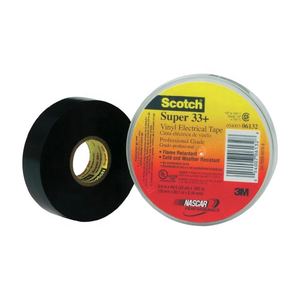








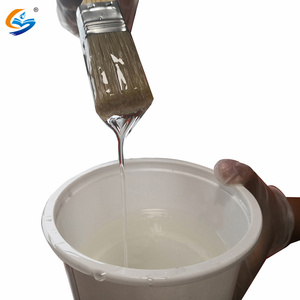








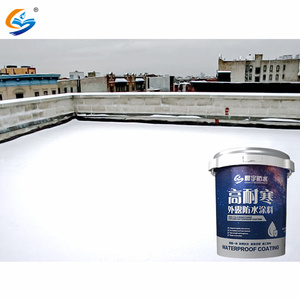





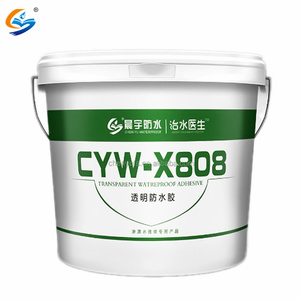




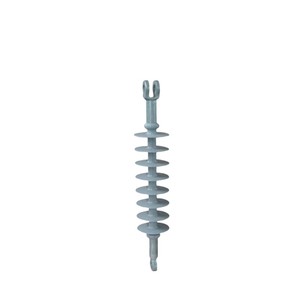

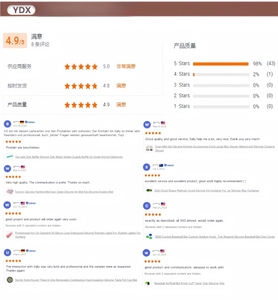
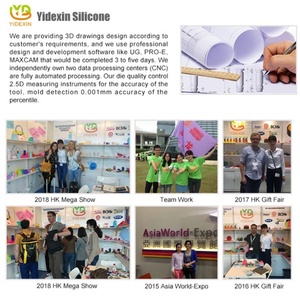

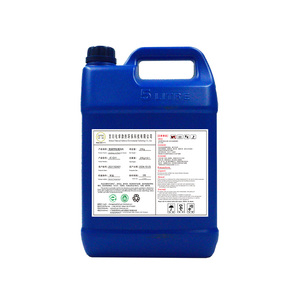

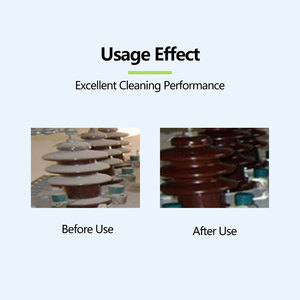



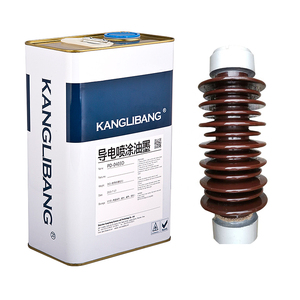

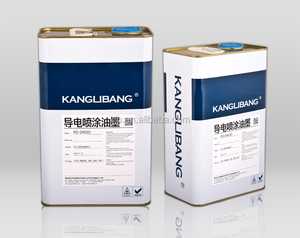



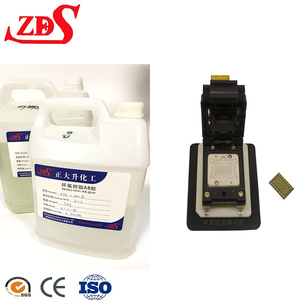
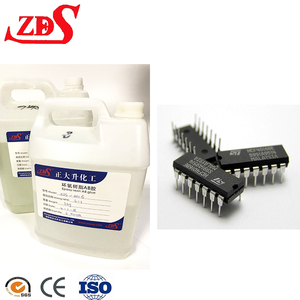

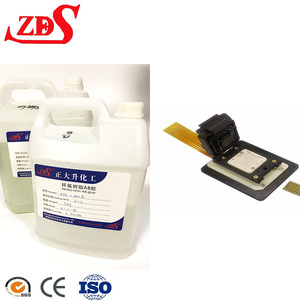


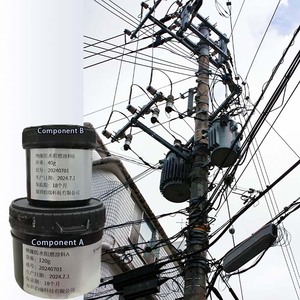

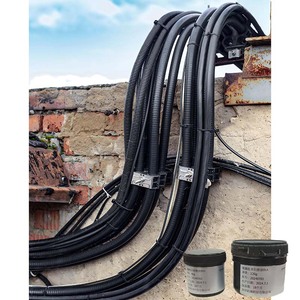





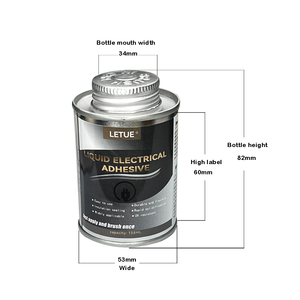









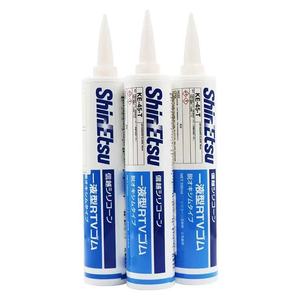




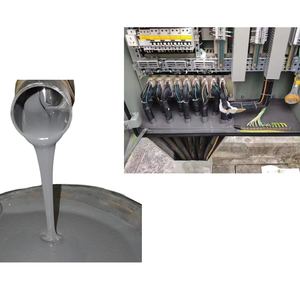

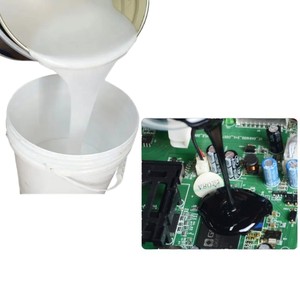

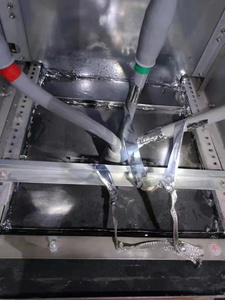

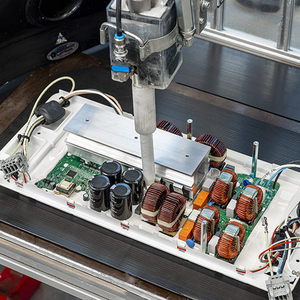










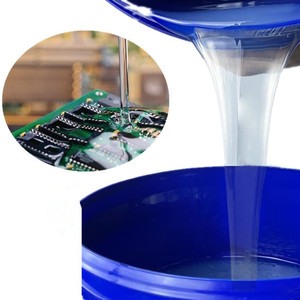



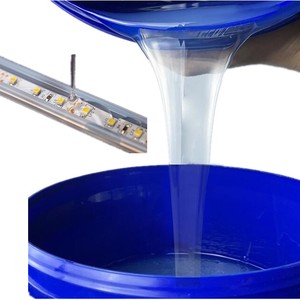
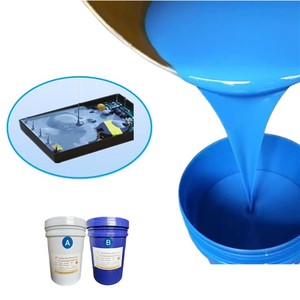
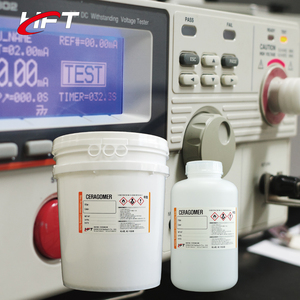





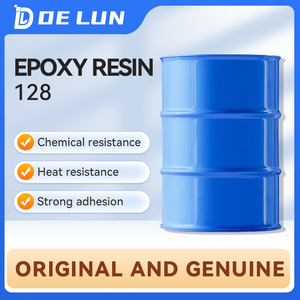


















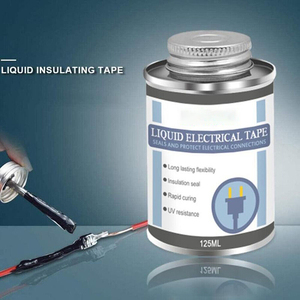



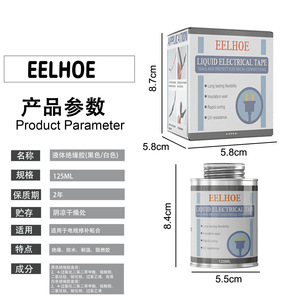




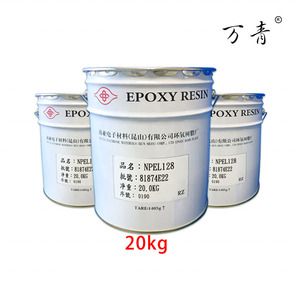
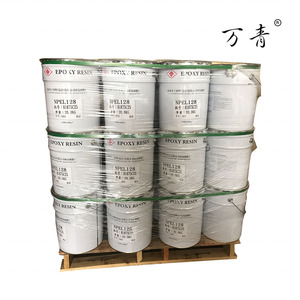

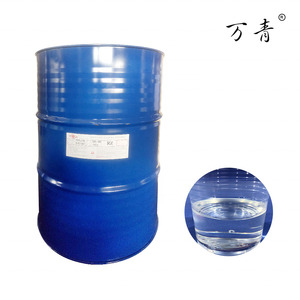


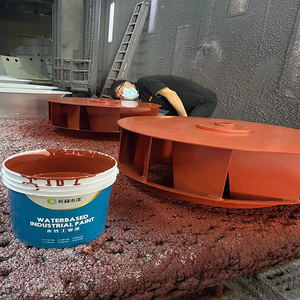

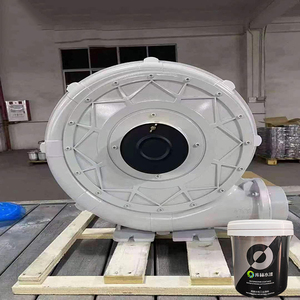
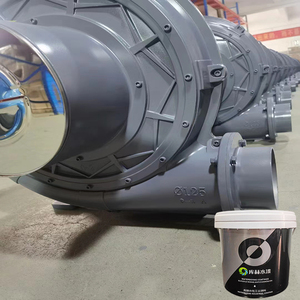











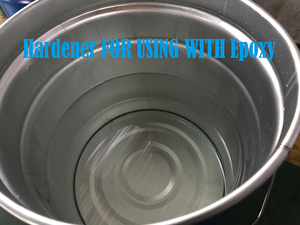









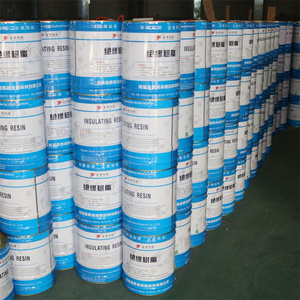



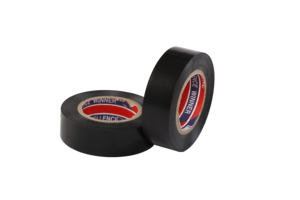


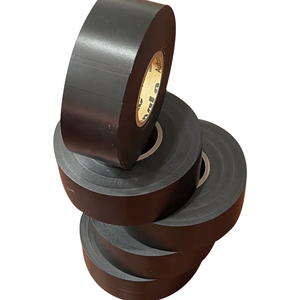


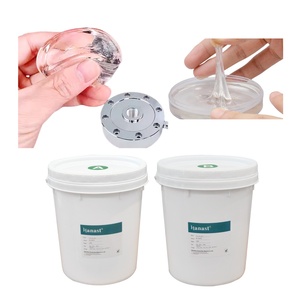


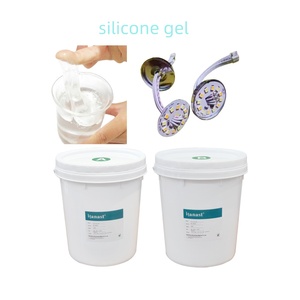


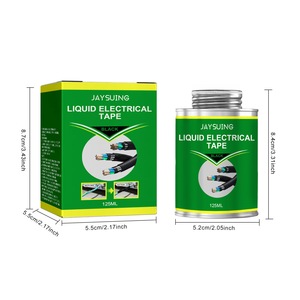


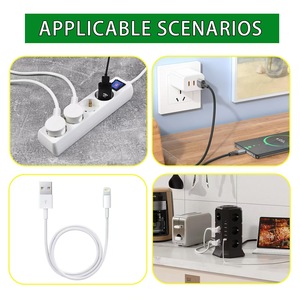






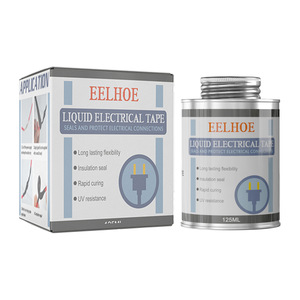
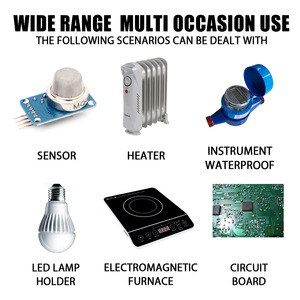

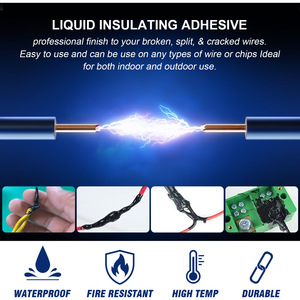
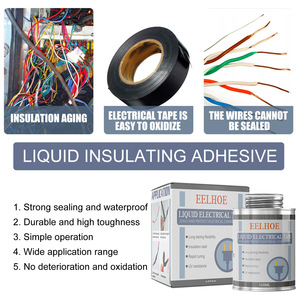
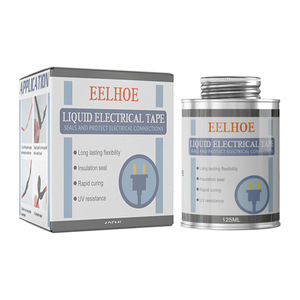
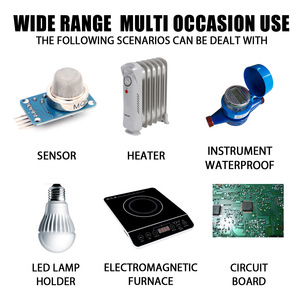

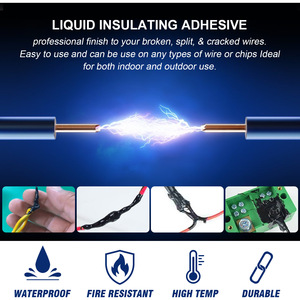

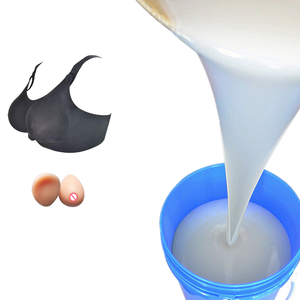





Liquid Electrical Insulation
Thermal Conductive Insulation Liquid is often used in electrical devices that generate a lot of heat. These liquids help to spread heat away from important parts to keep everything cool. This is particularly helpful in areas where electricals run hot, like within computers, heavy machinery, and power systems. By moving heat away effectively, these liquids help devices run better and last longer, stopping them from overheating and getting damaged.
Thermal Insulation Oil
Thermal insulation oil acts as a protective shield against heat transfer. It is widely used in systems that operate at high temperatures, such as power plants and oil refineries. Unlike what happens with air in everyday life, this oil minimizes heat loss or gain, enhancing energy efficiency in processes requiring temperature control.
Electrical Insulation Spray
Electrical insulation spray is a type of coating that is applied to electrical components to protect them from moisture, dust, and other contaminants. This is especially useful in outdoor or industrial settings where devices are exposed to harsh weather or dirt. The spray creates a water-tight, dust-tight seal that prevents short circuits and extends the life of electrical equipment.
Insulating Varnish
Insulating varrnish is another key type of liquid insulation. It is primarily used to protect electrical windings in motors and generators. The varnish is applied during manufacturing or maintenance and seeps into the wire windings to protect them from moisture and other damaging elements.
The commercial value of liquid electrical insulation lies in its broad applicability and essential role in protecting electrical systems.
High Demand Across Industries
Liquid electrical insulation has a strong market demand as it is widely used in industries such as automotive, aerospace, electronics, power generation.
Protecting Assets
Electrical insulation liquids are very valuable in business because they help save money. By protecting equipment from damage, these liquids lower maintenance and replacement costs. Companies spend less in the long run when their devices last longer and run reliably. Any financial savings is great, but for industrial and commercial operations managing very high costs, the insurance on these liquids is essential to maintain reasonable budgets.
Increasing Efficiency and Performance
In addition to protection, electrical insulation liquids help devices operate more effectively. By boosting efficiency and performance, they enable systems to work at their best. This is particularly significant for industries like power generation and aerospace, where maximum and optimum output is critical. Liquid electrical insulation aids the efficiency of electrical motor paints, thereby assisting in increasing the operational performance of electrical motor paints.
Innovation and Sustainability
Advancements include developing insulating liquids and coating materials that are more environmentally friendly. As industries shift towards greener practices, the market for sustainable insulation materials is expected to grow.
Key Role in Reliability
Uninterrupted functioning is vital in commercial settings, particularly for power systems and industrial machinery. Liquid insulation enhances reliability by preventing failures. Key industries such as telecommunications rely on insulation to ensure service continuity. Furthermore, industries have major financial and operational interests in keeping reliable systems.
Key Features
Liquid electrical insulation materials have important properties that make them effective. Their high dielectric strength allows them to tolerate large voltages without breaking down. This function prevents arcing, which is the formation of electrical discharges that can damage systems. Another important property is viscosity, which allows the liquid to flow and reach all necessary areas seamlessly. The materials are also non-corrosive, meaning they will not harm or degrade the surfaces. Many liquids are thermally conductive. This means they will help to dissipate heat, preventing overheating in the electrical systems.
How to Use
Liquid electrical insulation can be applied in various methods depending on the chemical substance and the environment. Coatings or sprays may be brush- coated, sprayed, or rolled onto surfaces during manufacturing or maintenance. Insulating varnish often requires dipping components to allow thorough penetration. Liquid electrical potting requires encapsulating components in a mould filled with potting compound to protect from physical factors. During installation, thermal insulation liquids register filling systems to prevent air and moisture intrusion. The key thing is applying the liquid properly and uniformly getting the full protection.
Maintenance and Repair
Maintenance and repairs keep liquid electrical insulation working well. It is always important to visually inspect the application for any breaks or damage. Regular maintenance should repair or reapply where the varnish or insulation liquid has degraded. In systems like motors where heat is an issue, maintain cool, efficient operating temperatures. This minimization of extreme operating conditions will reduce the breakdown of insulating materials. Workers should further ensure that potting compounds do not age or develop micro-cracks over time. Similarly, insulation liquids should not be exposed to chemicals, solvents, or environmental factors that degrade them. Proper maintenance protects the liquids and ultimately prolongs the life of the electrical systems.
Shipping and Handling Instructions
While moving and storing insulating liquids, one must handle them gently. It is imperative to safeguard the containers from being disturbed or exposed to extreme weather conditions, for instance, excessive heat or cold, which could spoil the liquids. When carrying them in trucks, assurance that there is no shaking up of the containers so that there is no mixing of the liquids. It is, of course, essential to attend to any leaks or spills immediately by following the proper procedures for cleaning as laid down by the producers of the liquids.
Superior Protection
Liquid electrical insulation provides excellent defense against a multitude of potential threats. It protects electrical systems from moisture, dust, chemicals, and heat. These elements could harm exposure and cause system failure. Coating, varnish, and potting insulation form durable barriers around wires and components, extending their lifespan by shielding them from environmental dangers.
Enhanced Thermal Management
An important additional benefit of liquid electrical insulation is better heat dispersion. Many insulating liquids have good thermal conductivity. They draw heat away from key components as electrical currents flow through systems, especially where motors and generators are used, helping keep operating temperatures lower. This cooling effect prevents overheating, which could damage devices, and allows devices to run more powerfully without risk.
Improved Reliability
Applying insulating liquids makes electrical systems operate more effectively. Liquid insulations help circuits remain functioning smoothly by preventing arcing or shorting. They also reduce electrical noise and interference that could disrupt signals. This leads to reliable telecommunications equipment. Consistency and reliability are reasons why many industrial operations rely on liquid electrical insulating to avoid costly downtimes.
Versatility
Liquid electrical insulation is useful for many industries. These industries range from automobiles and aerospace to electronics and energy. Each provided unique protection to their electrical systems. Due to their adaptability, people widely use insulating liquids in varied applications like electric motors, generators, aerospace gadgets, and power circuits. The things that make them useful across industries are the versatility and wide-ranging protections they offer.
Environmental Concerns
Unfortunately, while Liquid electrical insulation materials have important advantages, they are bad for the environment, especially the commonly used ones. For instance, traditional insulating varnishes contain volatile organic compounds (VOCs) that damage the environment. Also, many potting compounds contain polyurethane resins that take centuries to decompose and thus contribute to worsening landfill problems.
Health Risks
Transporting, using, or disposing of Insulating liquids presents health risks. Many have VOCs that can harm human health, causing respiratory issues and skin irritation after prolonged exposure. Some potting compounds contain toxic chemicals like toluene or diisocyanates, which may affect workers who come in contact with them. Protective gear is critical during application, but risk remains.
Costs
Taking care of the insulating liquids poses a financial bite. Insulating liquids need to be applied, and some might require repeated maintenance. Coatings must be reapplied; varnishes need dipping and cure, while potting compounds demand removal and resealing during repair. This labour and material costs can add up over time, whether in routine upkeep or in damage because of the insulating liquid's failure.
There are several important types of liquid electrical insulation with distinct roles in safeguarding electrical systems. These materials adhere to stringent quality and safety standards to ensure optimal performance and protection. Key standards for these insulations include ISO 9001 for quality assurance, RoHS compliance for reducing hazardous substances, and ASTM standards tailored for specific insulation tests.
Application of Insulating Liquid for Electrical Machines
IEC 61188 specifies the requirements for insulating liquids used in electrical machines. These fluids must possess high dielectric strength to withstand electrical stress without causing breakdown. This effectively prevents arcing and short circuits. Also, viscosity ensures the liquid properly moves through machine components to provide thorough cooling and engulfing during potting processes.
Thermal Insulating Liquid for Heat Transfer Systems
Liquid electrical insulation like thermal insulating oil must conform to the standards of stability against extreme temperatures and oxidative degradation. These oils fall under standards like ASTM D4550 that focus on measuring kinematic viscosity to ensure proper circulation in heating or cooling systems. A safety precaution in handling these oils involves verifying the flash point as per ASTM D92 to ensure they do not pose fire risk.
Insulating varnish
Varnishes and related materials must pass the rigorous demands of UL 1446, which classifies electrical insulating materials based on their heat resistance. Such classification extends the varnishes' safe usage temperatures. Secondly, ASTM D250 specifies tests for dielectric constant and dissipation factor in the liquid to minimize energy loss through insulation. A key safety consideration here prevents ahead of ensuring that the varnishes do not contain hazardous substances in compliance with RoHS directives.
Potting compound
Potting compounds provide a form of encapsulation using insulating liquids to protect integrated circuitry. Standards like ASTM D3574 focus on physical properties such as tensile strength and elongation that ensure the compound withstands stress and vibration. Furthermore, these compounds must conform to ASTM E2430, which details protocols for thermal shock testing to ensure long-term stability.
A. Liquid electrical insulation protects electrical components from moisture, heat, and debris. Think of it as a shield that guards wires and circuits, helping devices like gadgets and machines work longer without getting damaged.
A. The materials vary, which depend on the type of protection needed. Insulating varnish, often found in motors, seeps into windings. Sprays coat circuits for simple protection. Potting compounds fully encase components for maximum defence, removing the mentalisation between them.
A. Viscosity measures how easily a liquid flows. In electrical insulation, high viscosity liquids can reach tight spaces and cover everything evenly. Low viscosity insulations, like potting compounds, can be applied quickly and easily filled up spaces efficiently.
A. Key industries include energy, aerospace, and manufacturing, which all rely on protecting their high-value electrical systems. In the energy sector, for instance, power grids depend on insulating liquids to keep transmission nothing but seamless. The aerospace industry use sprays and varnishes, for example, to ensure that electronics function reliably in harsh environments.
A. Regular checking is important. Users should look for any wear and tear on the liquids' signs may be seeping or breaking down. Keeping working temperatures normal ensures the insulation won't break down either. Laundering maintenance lets them patch up any weakened areas and reapply insulating liquids where needed to keep everything safe.